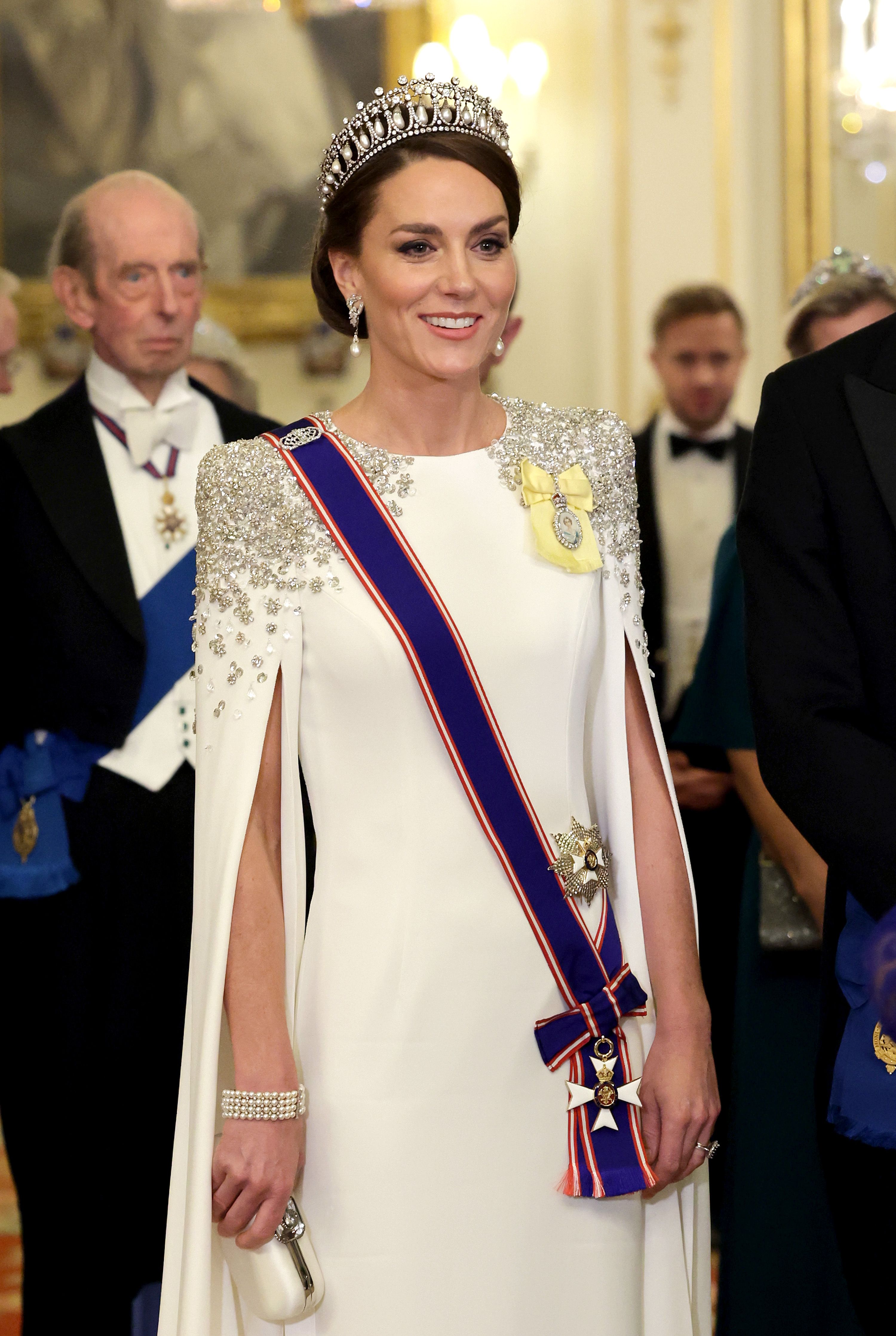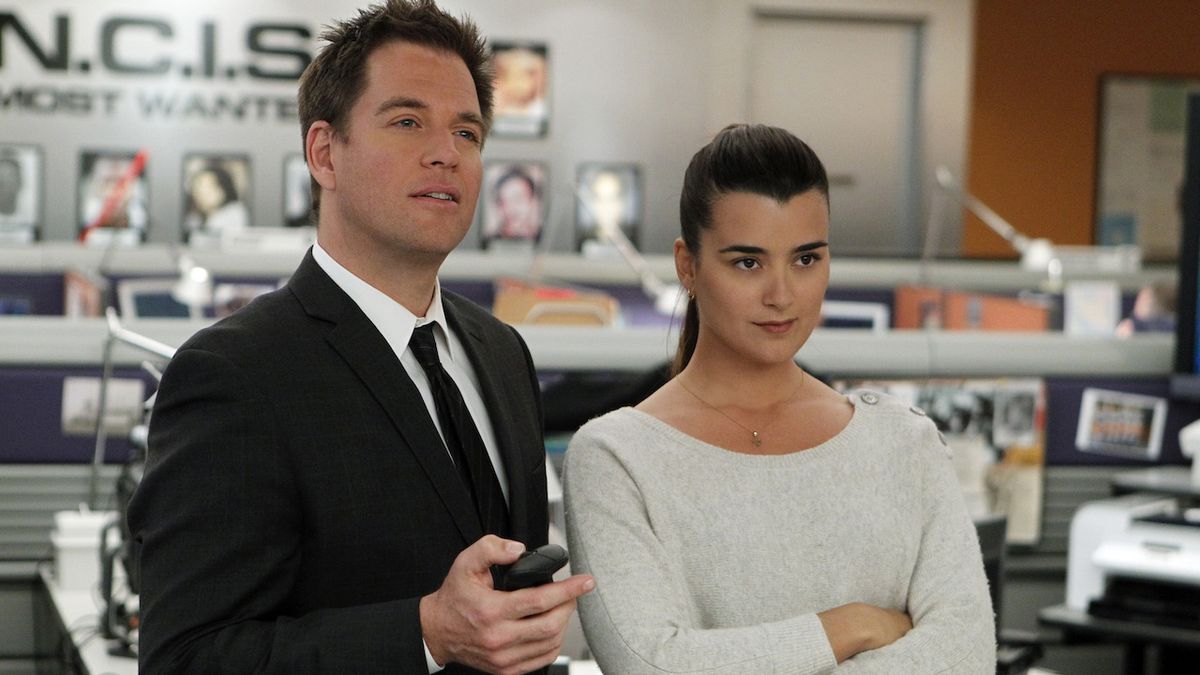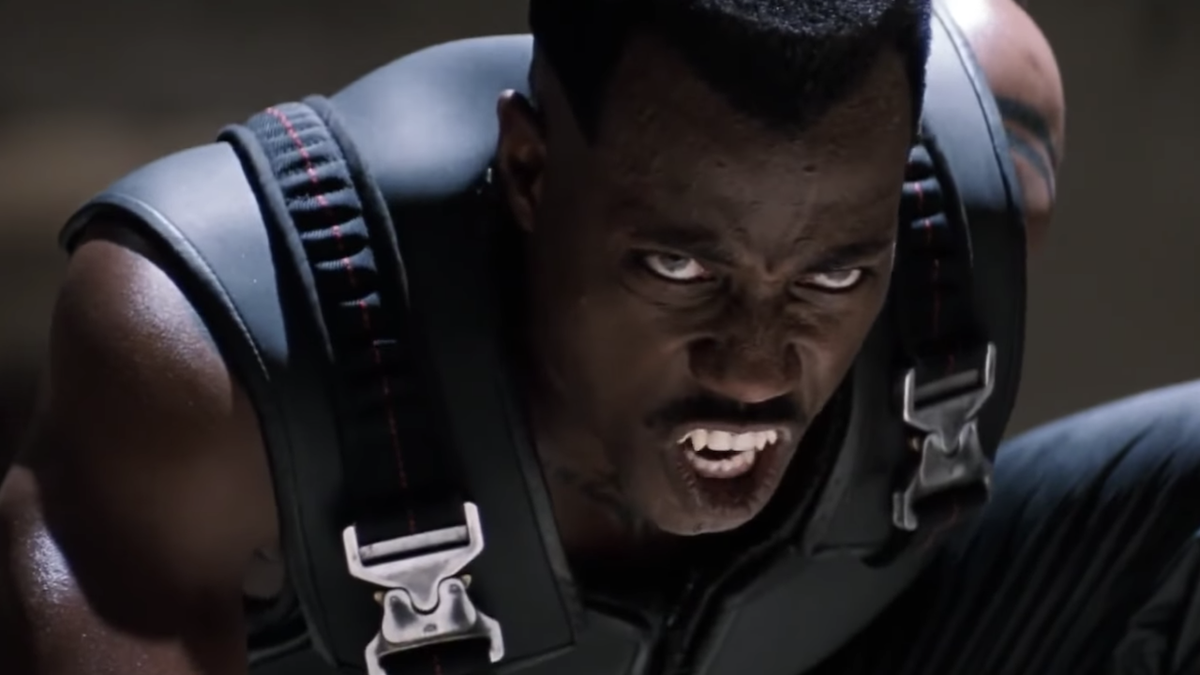You know who I am...
but you don’t know why I’m here! I go wherever I want...

whenever I want! And with that out of the way, I’d like to introduce you all to The Director’s Chair! A hearty thank you to the already regular group of fellas reading! Love you all! Comment replies will return next week with this new batch of films! Until then, enjoy y’all some Director’s Chair! And now...
can I get a drumroll as I introduce this month’s director...
. -insert sick ass drum roll here- Clinton Eastwood Jr. was born May 31, 1930 in San Francisco, CA, which makes him roughly 158 years old.
The first half of his career was known mostly for his role in spaghetti westerns where his stoic face and chiseled western masculine look helped catapult both him and Sergio Loene into superstardom with their trilogy of “Man With No Name” led films. Personally, I was never a western guy, so these films alluded me for quite some time. He transitioned into the famous role of Dirty Harry in 71, and at the same time, made his directorial debut with Play Misty For Me .
Since then, Eastwood has directed forty films, has four Oscars under his belt, and has a filmography that is as boisterous as it is varied, with his most recent film being just under a year ago! How is he doing it? Whose famous baby’s bath water did he drink to live this long? Hell if I know, but let’s watch some movies. Specs: Runtime – 2 Hours 10 Minutes Release Date – August 7, 1992 Filming Locations – Brooks, Alberta, Canada Budget – $14,400,000 Gross US & Canada – $101,157,447 Aspect Ratio – 2.39:1 Trivia: Although not his directorial debut, this was Clint’s first Oscar as Best Director.
He was also nominated as Best Actor, but lost that to Al Pacino for Scent of a Woman . Funny enough, before this win, he claimed he had never won a golden statue because, “First, I’m not Jewish. Secondly, I make too much money.
Thirdly, and most importantly, because I don’t give a f*ck.” Sure showed him..
. Rating: 8.5 out of 10 I recall Unforgiven being one of those films, right next to Tombstone on the shelf, that my step-father would pop on randomly and frequently, and watch beginning to end, sometimes falling asleep, sometimes exclaiming as if it was his first viewing, and sometimes mouthing lines like, “I’m just a fella now,” and “I’m here to kill you, Litle Bill” when they came on the screen.
It’s only now, during a rewatch, that I saw just how important this film was to him, and how it was on seemingly every time I was home because he wanted me to join in on the fun. Unforgiven has been reviewed a thousand times, and a bulk of them focus on the death of the Western, starting here. It’s the answer to the question, “What happens after the gunslingers stop slinging,” and just like Stephen King’s titular character Roland Deschain, we find that the history of the past haunts them well into their future.
Clint plays William Munny, a retired gunman who just buried his wife – his savior, as he continuously tries to convince himself, and is ready, begrudgingly, to continue his life as a pig farmer with his two kids until the opportunity for some money comes into play by way of a bounty on the head of two cowboys who raped and cut up a woman. This sparks the dying flame inside of Munny, and we see just how actually killing a man effects both his friend Ned, and a new young upstart who calls himself The Schofield Kid. Yes, the film flips the conventions of Westerns on their head, but it doesn’t do so with a nose in the air, because even after The Kid admits to never killing and never want to again, and even though Ned puts his Spencer 1860 Carbine down before pulling the trigger again, and even though Little Bill spends the entire film despising violence via guns yet is quick to kick a man’s nose into his face, at the end of all the expectations of peace, we still see Clint come in, make quick work of five or so men, and stand above the body of Little Bill to give him something he maybe deserved and maybe didn’t.
There are a lot of nuances here with Clint behind the lens, and his less is more approach is something I greatly appreciated, especially when watching in such close proximity of his other films. The barren landscape may have been due to budget constrictions, but the vastness really gave the impression of isolation, even when in town. Clint spends a lot of time on faces, ignoring entire torsos and bodies for some shots, and allowing the actors to act.
He takes his time with scenes, allowing crackles of fire and the orange of the landscape frame the story more than intense and continuous action. Speaking of the action, when it comes, it almost always comes with booms of thunder in the background, a touch that didn’t come off as hokey or excessive like it sometimes did in Gran Torino . The swan song of the Western, as some claim this film to be, is poignant in the failures of the aged gunslinger, and Eastwood wasn’t afraid to use small moments to show this, and to ignore some obvious tropes of the Western, even while sometimes leaning into others.
Munny’s inability to simply mount a hog, or his horse. Ned’s dropping of his life to answer the call to action only to falter at the moment we’d all been waiting for – for him to shoot someone from 100 yards away, the big showdown between Bill and Will that ends in Munny damn near dying and getting his ass handed to him, the strong silence of the women in so many scenes where they play as the audience moreso than we do, and many other moments that are captured with time, mood, and lighting, enhancing the script more than simply carrying it forward. It’s rumored that Eastwood sat on this script for years, claiming he wasn’t ready to play the main character, but would be eventually.
It’s interesting, then, that art imitated life, as this was Clint’s exit from the world of Westerns, hanging his hat and belt up for other characters, film styles, and direction. Some could argue that he, like Munny, never really left the guns and skills behind both in fiction and in fact, but I’d argue that, just like Munny, Eastwood was only ever trying to grow, not forget. There are a lot of moments in this film that popped from the screen.
The book end moments of him attempting to bury his old life along with his wife in the beginning juxtaposed by the final visit to his wife at the end of the film; the unnecessary yet moving moment of Ned being whipped in the jail cell, the beautiful new wood next to a lake immediately juxtaposed with the dirty brothel owner, and pretty much any scene where all the women are watching with no words, hair flipping against their lips, each reacting in just slightly different ways. All of these were great, but I cannot deny that the scene that gave me the biggest pop is when Bill meets Will. There’s this heightened tension as a viewer, and even after having seen it numerous times, you still think that slow swoop of the camera towards the face of Munny means it’s only a matter of time before he pulls his pistol and makes short work of anyone with even the thought of murder in their mind.
The thunder claps at just the right time. You hear the click of each gun readying itself. We never once see Clint in a position of power, with most angles looking upward towards Bill, practically being kicked down alongside him, until being rolled into the dirt and rain a loser, defeated, and the realization that maybe this won’t end the way we think.
RIP GENE HACKMAN! So it’s Clint’s time! What movie of his we watchin next?!!? DUECES!.
Entertainment

The Director’s Chair – Unforgiven

Tony Acero begins his look at the films of Clint Eastwood with his 1992 Oscar-winning western Unforgiven in the latest Director's Chair.The post The Director’s Chair – Unforgiven appeared first on 411MANIA.















